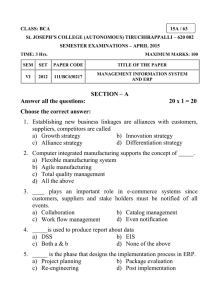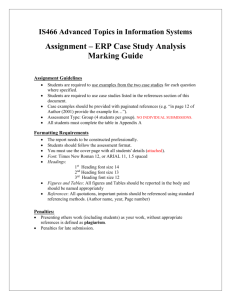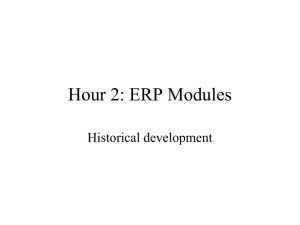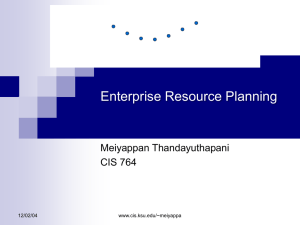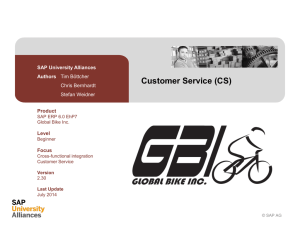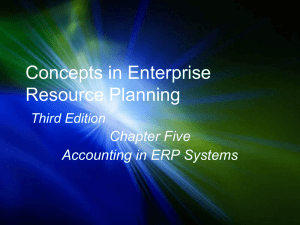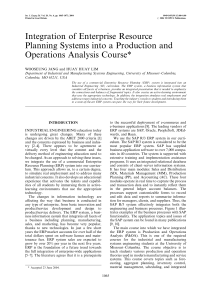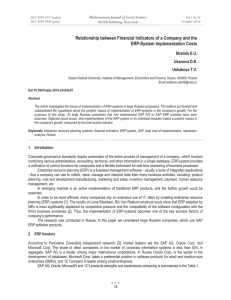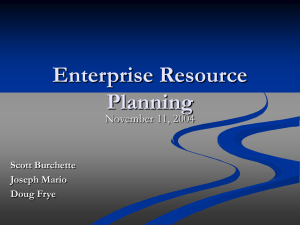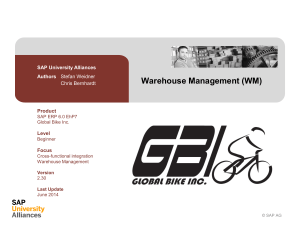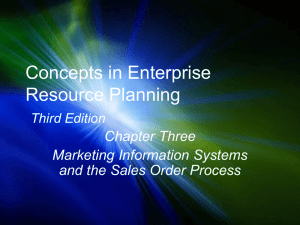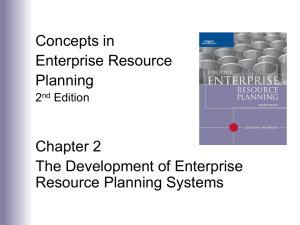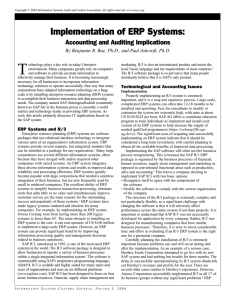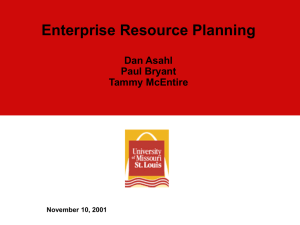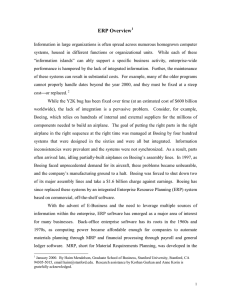MIS 70 Section Midterm Study Guide * Section 1 Fall 2005
advertisement
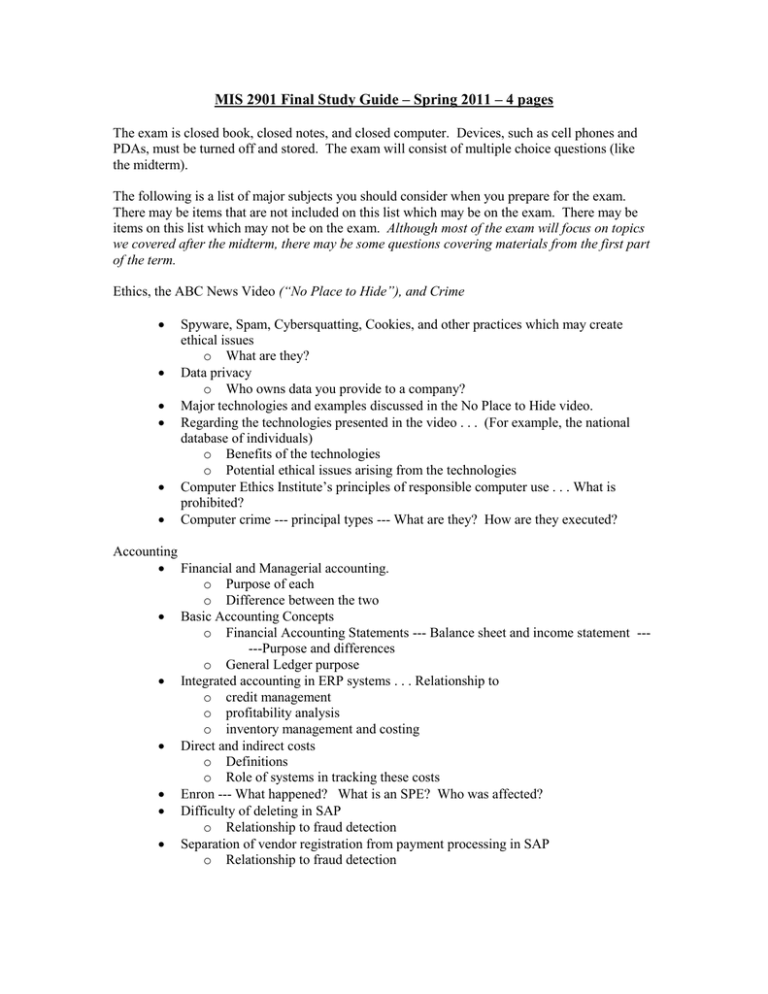
MIS 2901 Final Study Guide – Spring 2011 – 4 pages The exam is closed book, closed notes, and closed computer. Devices, such as cell phones and PDAs, must be turned off and stored. The exam will consist of multiple choice questions (like the midterm). The following is a list of major subjects you should consider when you prepare for the exam. There may be items that are not included on this list which may be on the exam. There may be items on this list which may not be on the exam. Although most of the exam will focus on topics we covered after the midterm, there may be some questions covering materials from the first part of the term. Ethics, the ABC News Video (“No Place to Hide”), and Crime Spyware, Spam, Cybersquatting, Cookies, and other practices which may create ethical issues o What are they? Data privacy o Who owns data you provide to a company? Major technologies and examples discussed in the No Place to Hide video. Regarding the technologies presented in the video . . . (For example, the national database of individuals) o Benefits of the technologies o Potential ethical issues arising from the technologies Computer Ethics Institute’s principles of responsible computer use . . . What is prohibited? Computer crime --- principal types --- What are they? How are they executed? Accounting Financial and Managerial accounting. o Purpose of each o Difference between the two Basic Accounting Concepts o Financial Accounting Statements --- Balance sheet and income statement -----Purpose and differences o General Ledger purpose Integrated accounting in ERP systems . . . Relationship to o credit management o profitability analysis o inventory management and costing Direct and indirect costs o Definitions o Role of systems in tracking these costs Enron --- What happened? What is an SPE? Who was affected? Difficulty of deleting in SAP o Relationship to fraud detection Separation of vendor registration from payment processing in SAP o Relationship to fraud detection Accounting (continued) Sarbanes-Oxley o Purpose of the legislation o Impact on Corporate Officers and Chief Information Officers in particular o Role of an ERP in helping with Sarbanes Oxley compliance Enterprise Information Systems o o o o Legacy Systems --- What are they? How do enterprise information systems solve the problems with legacy systems? Relationship of Supply Chain Management to supplier power and buyer power How supply chain management systems affect the cost of maintaining inventory Procurement portals, trading exchanges, and distribution portals Areas of ERP Systems o o o o What are the major areas of an ERP System? (For example: Sales Order Processing and Purchasing) How are they interrelated? What are the major data flows between each area? (Review the material in Monk and Wagner which describes the areas and data flows.) For each area: o Users inside the company and outside the company o Major processes within each area o Business justification for automating the area (Be sure to be ready to discuss specific business justifications --- not general criteria. Be ready to answer how and why questions.) Master data vs transaction data --- How are each used? Sales/Operations Planning concepts: Capacity and utilization. o Measurement of utilization o How do you evaluate good vs bad utilization? o Management of utilization by adjusting production plans Materials requirements planning o Definition o How do you determine whether it is being done well? The Fitter Snacker Spreadsheet exercise o What happens when some of the basic data in the spreadsheet is changed? Shipping and Delivery o What is backward vs forward scheduling? Purchasing o Requisitions vs purchase orders ERP Systems (General) What is the business justification for using an integrated ERP system (like SAP) vs installing separate systems for each of the major areas (e.g. Sales Order Processing, Purchasing) What are the management issues associated with the use of a large integrated system? How is it easier to manage these systems than separate systems? How is it harder? Why is it so hard to install an ERP system? How do you avoid the problems? Emerging Technologies What is an Emerging Technology as defined in the Day/Schoemaker paper we reviewed? What is the major theme of the Day/Schoemaker paper related to success introducing emerging technologies? Be ready to give examples of successes and failures associated with the introduction of emerging technologies? What do we mean by the convergence of technologies? Can you give examples? What are the components of the Gartner Hype Cycle for Emerging Technologies? What is the point of the Hype Cycle? For each of the technologies we discussed (e.g. augmented reality, pervasive computing, immersive virtual reality, Wimax, 3D volumetric displays, cellular wifi, XML, Web Services, Voice over IP, Biometrics, RFID, the City Car, Second Life, 3D gaming, 3D printing, etc): o What is the technology? (What does it do?) o What are potential business applications? o How will the use of the technology be justified? o What technology or process might it replace? What is nanotechnology? How might it be related to future improvements in the speed of computers? Valuing Information Systems and Evaluation of Business Applications Why is evaluation important? What are the five strategies for gaining competitive advantage discussed in the notes? (e.g. Low cost leadership) How are they different? What were the examples of companies using the strategies? TheValue Chain Analysis Model. What is it? What are its components? The Five Forces Model. What is it? What are its components? Types of electronic marketplaces (e.g. reverse auctions) How do you evaluate an application? Key questions to ask. Meaning of the questions. Use of an evaluation matrix Justification of applications What is the role of the time value of money in cost benefit analyses for systems? What is the Total Cost of Ownership applied to technology initiatives? Be sure to review the videos and in-class discussions What technologies, trends, concepts, or issues were discussed (and potential applications)? For example -- In “We are Makers” --- What technologies were mentioned? What are siftables? How do they work? What applications were discussed? What are Amazon Web Services and specifically the Web Services we discussed? Why might a company use them? Why not? How is the concept in the “Sixth Sense” connected to the concept of the “Siftables”? Review the Articles and Cases We Discussed (Facts, issues, key decisions, key learnings/ideas) Hacker Attack Prioritizing IT Projects based on Business Strategy Group Presentations (listed in week 12 of the syllabus) Note that we did not cover the articles listed in Week 13 or 14 of the syllabus.





